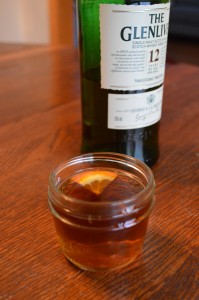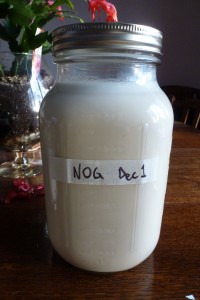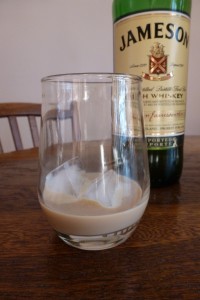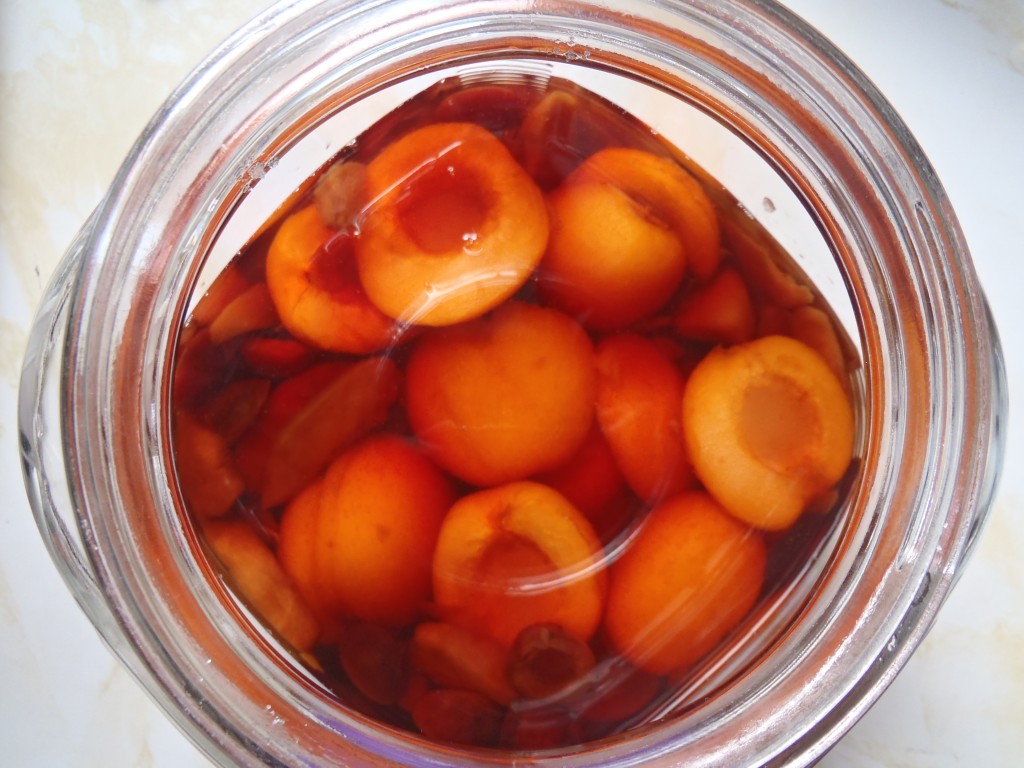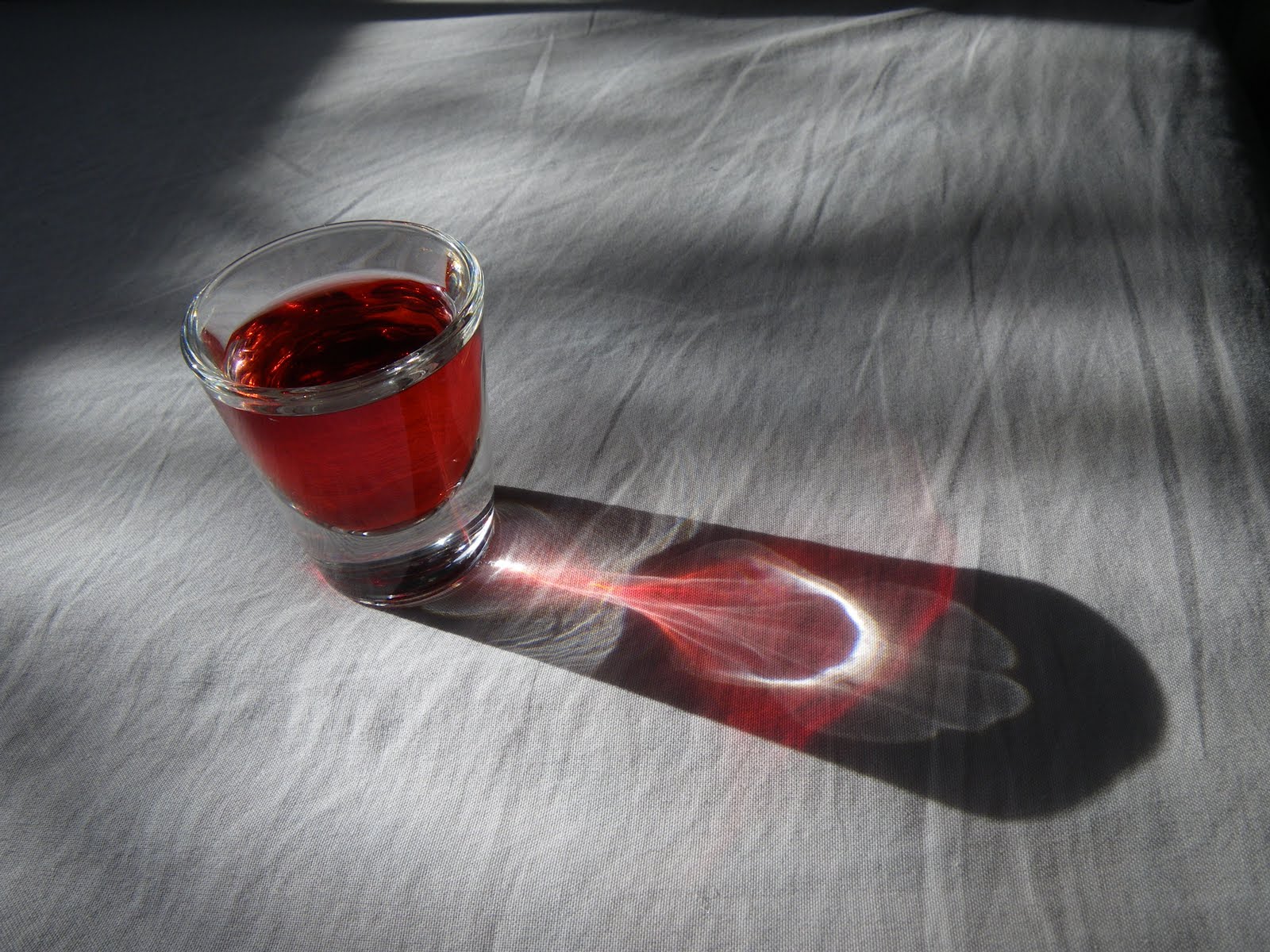 Spirits are distilled beverages, made by concentrating alcohol and other volatile, aromatic compounds to make heady, shelf-stable drinks.
Spirits are distilled beverages, made by concentrating alcohol and other volatile, aromatic compounds to make heady, shelf-stable drinks.
The sheer number of different types of spirits available in most liquor stores can be confusing. What, for instance, is the difference between Scotch whisky and Irish whiskey? Or tequila and mezcal? Why is all Cognac brandy, but not all brandy Cognac? These questions can be answered by knowing a few things about how liquor is made.
All spirits can be classified using the following four pieces of information:
- region of production;
- ingredients, including the base fermentable material and any other flavourings like spices or caramel;
- distillation details, including type of still used, number of distillations, and other nuances;
